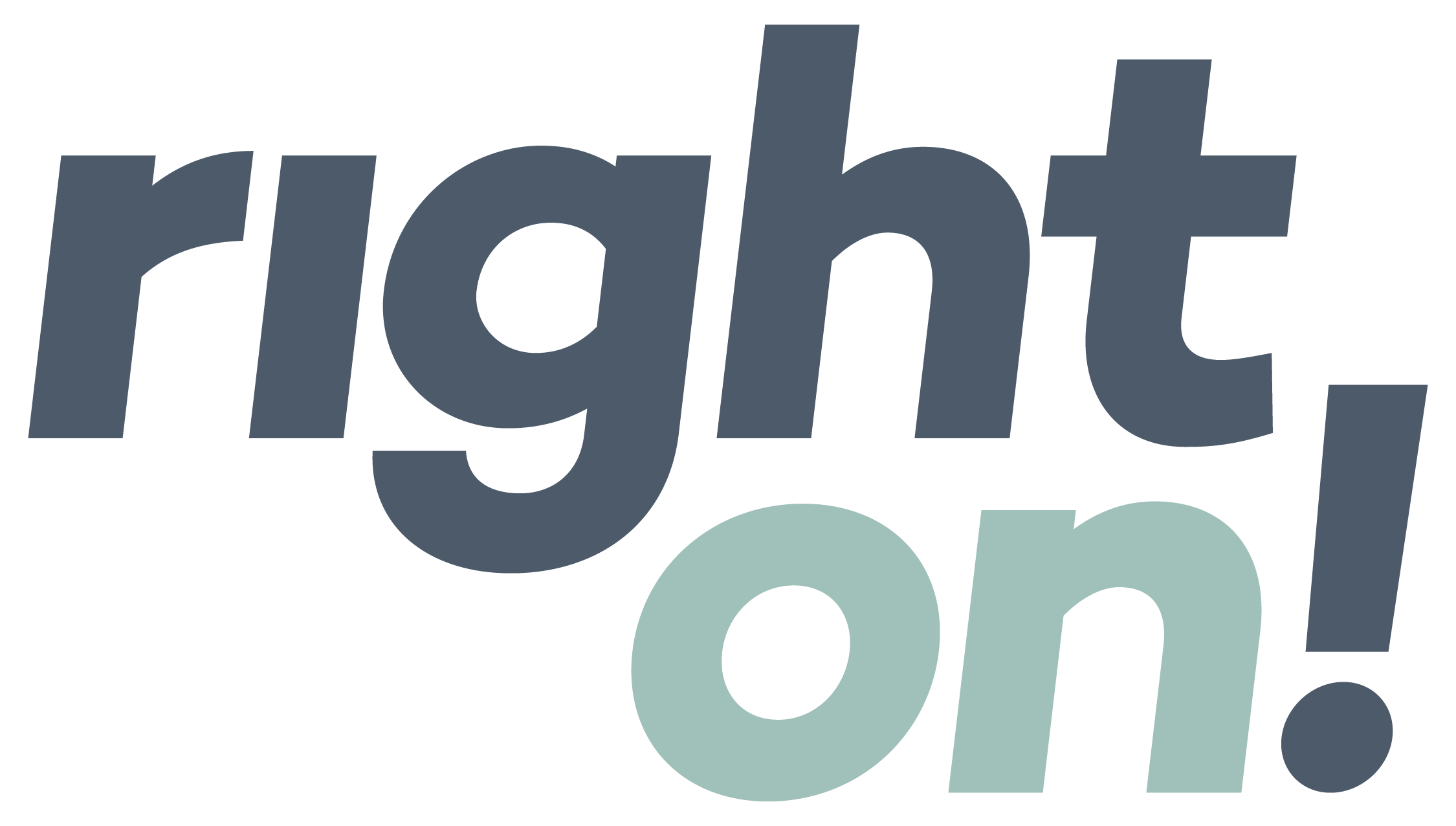
Manage your brand’s mood swings.
Imagine yourself at a big, fancy party. You’re chatting with friends, laughing at an inside joke, swaying to the music … until your CEO joins the group to say hello. The vibe instantly shifts. You stand up a little straighter, speak a bit more formally, maybe dial back the curse words. You’re still the same person in the same clothes with the same smile you’ve always had. But in the presence of the big boss, you present yourself in a slightly different manner.
This is a natural response to the abrupt change in context, and we do it all the time in daily life. We should be doing it in our sustainability content, too.
Take, for example, your sustainability report. You’ll have at least some sections that need to speak to folks who want the facts and just the facts. But that doesn’t mean your report should be written in the voice of raters and rankers. Instead, your report should sound like your brand from start to finish.
Sure, you can and should adjust your tone at different points in the report so you can speak the raters’ language and earn their trust. But you shouldn’t try to become them. The more you attempt to do this, the less your content stands out—and the less chance you have of being heard above all the sustainability background noise.
Voice and tone: What’s the difference?
Before we go any further, let’s pause for a little grammar lesson—which is actually a big branding lesson. While voice and tone are often used interchangeably, they’re not the same thing.
- Your voice reflects your unique personality. It’s enduring and consistent.
- Your tone reflects your current mood and context. It’s adaptable and situational.
Together, voice and tone allow you to convey a full range of emotions for a wide variety of circumstances—all while ensuring that you’re instantly recognizable to your audiences, wherever you show up for them.
Be true to your voice.
To strike the right balance between voice and tone, start by really studying and fully understanding your brand’s personality and voice.
- What character traits make your brand unique?
- If you had to describe your brand as a person, what descriptors would you use?
- And how does this person-version of your brand sound when it speaks?
If you’re fortunate enough to have an in-depth brand voice and tone guide, these questions will already be answered for you. But if, like many companies, your brand voice guidelines are relegated to a single page of brand standards focused mainly on design and layout, you’ll have some work to do.
Defining and documenting your brand voice typically includes interviewing customers and internal stakeholders, bringing your leaders together to think through the nuances of your brand’s personality, and creating a specific voice and tone guide that includes, at a minimum:
- Your brand’s personality traits
- A clear and specific articulation of your brand voice
- Strategies for writing in your brand voice
- Examples of your voice in action
Equipped with this essential guidance, you can start to think more strategically about tone.
Manage your mood swings.
While the strategic use of emotion is a storytelling superpower, you can’t use deep emotion all the time. You’d come across as sentimental, inauthentic, or perhaps just annoying. Instead, think about how to speak in a singular brand voice while allowing your tone to shift for:
- Different types of content—your report’s tone will likely differ from the tone of your social media posts
- Different audiences—a video for your customers will have a different tone than material issue briefs for investors
- Different sections within the same piece of content—a headline in your sustainability report should have a different tone than your ESG scorecard
One of my all-time favorite clients and creative leaders, Adam Morgan, actually created a “tone hierarchy” to pinpoint the tonal shifts that can occur within a single piece of content. Here’s what that hierarchy might look like for a sustainability report:
- Headlines and chapter intros—tone is emotional and creative
- Subheads within each chapter—tone is clear and informational
- Main body copy—tone is conversational, blending storytelling and technical details
- Statistical callouts and graphs—tone is direct and to the point
This same tone hierarchy can be used for everything from articles and infographics to interactive experiences and video content. But however you apply it to your sustainability content, the key is to blend the emotional and rational appeals, and to do it at the right times and places within your narrative. With emotion, you light up your reader’s brain and get them to care. With reason, you provide the proof. And with both working together, you connect on a deeper level with your audiences—so you can make a real impact with your content.
Our Most Recent Insights.
SEE ALL INSIGHTS →
Uncategorized
A more hopeful Earth Day
When it comes to climate messaging, we’ve learned that stories of hope and optimism inspire action.

Reporting
CEO letters that sing (sometimes literally).
Break free from the standard CEO letter format—and create a standout opener for your next sustainability report.

Storytelling
Human stories, not corporate soliloquies.
You’ve got strong DEI commitments and you’re taking action on them. Now, you need compelling, human-centric content that changes hearts and minds.
